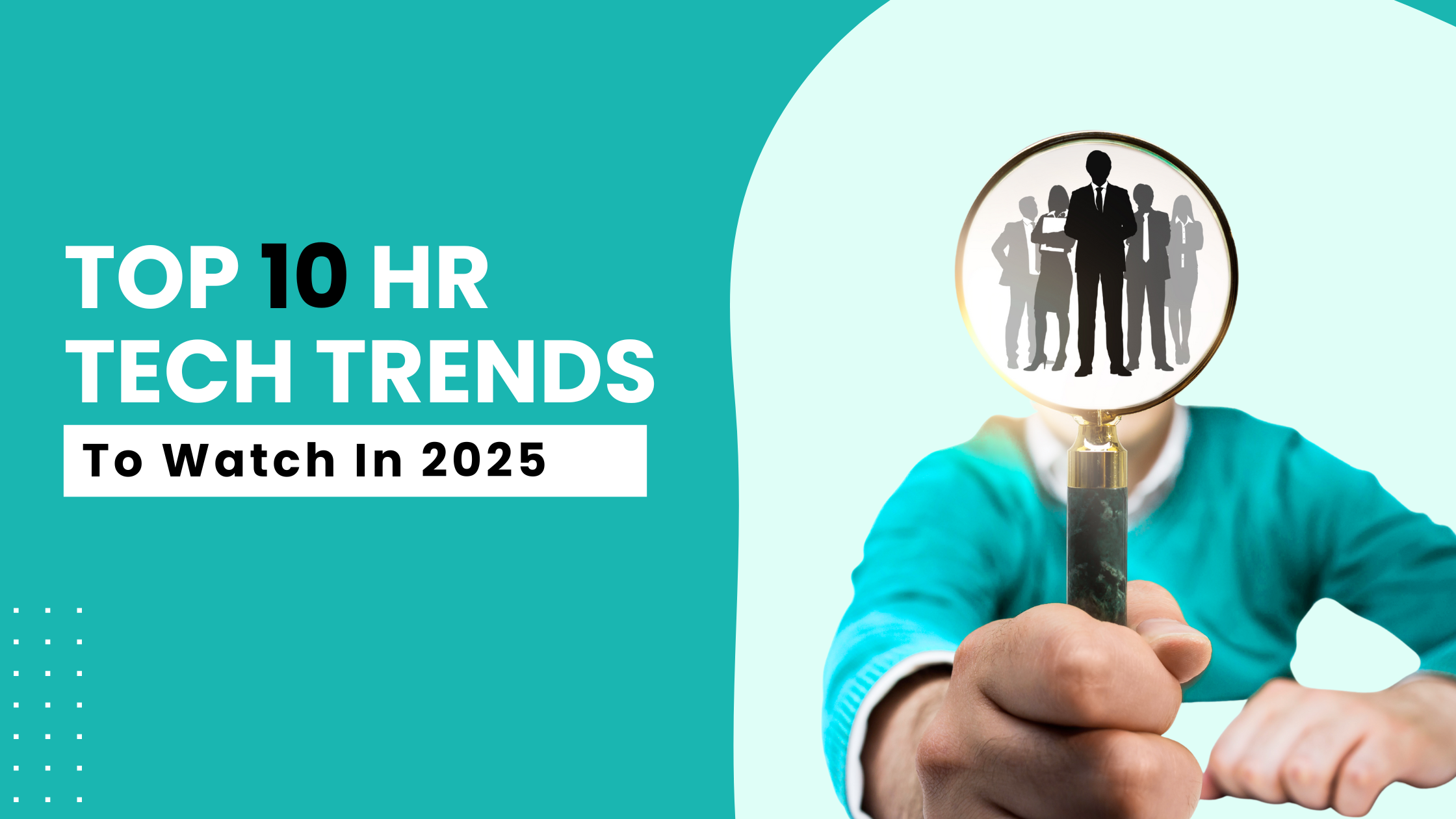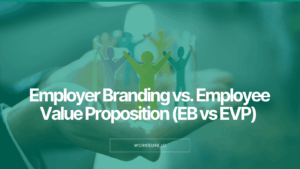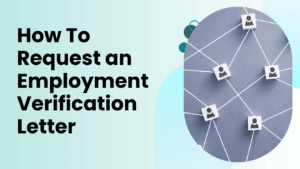HR technology has become a necessary part of day-to-day operations in most organizations. As teams grow, rules evolve, and expectations shift, older systems fall short. Many companies are now replacing disconnected tools with integrated platforms that reduce manual work and improve decision-making.
Hiring, training, payroll, and employee engagement all depend on systems that are reliable and easy to manage. If those systems are outdated or overly complex, teams struggle to keep up. The pressure to modernize comes from real issues like turnover, compliance risk, and limited visibility into workforce performance.
Therefore, HR teams are choosing systems that align with business goals, support long-term planning, and adapt to a changing workforce. This blog outlines the key HR tech trends in 2025.
Table of Contents
Top HR Tech Trends 2025
Companies are looking beyond basic automation and focusing on HR platforms that simplify operations, reduce manual tasks, and offer better insights across teams.
Here are the top HR tech trends in 2025 reflecting growing demands in hiring, compliance, learning, and engagement.
1. Smarter Use of AI and Automation in HR
Artificial Intelligence is helping recruiters screen applications, schedule interviews, and identify skill matches. It’s also being used for tasks like drafting internal documents, summarizing feedback, and supporting performance reviews. These features reduce manual work and allow HR professionals to focus on higher-value work.
Automation in HR software is becoming more practical as well. Payroll runs, leave tracking, employee surveys, and policy updates can all be managed with minimal intervention. The focus is shifting from standalone AI features to tools that quietly improve accuracy and speed behind the scenes.
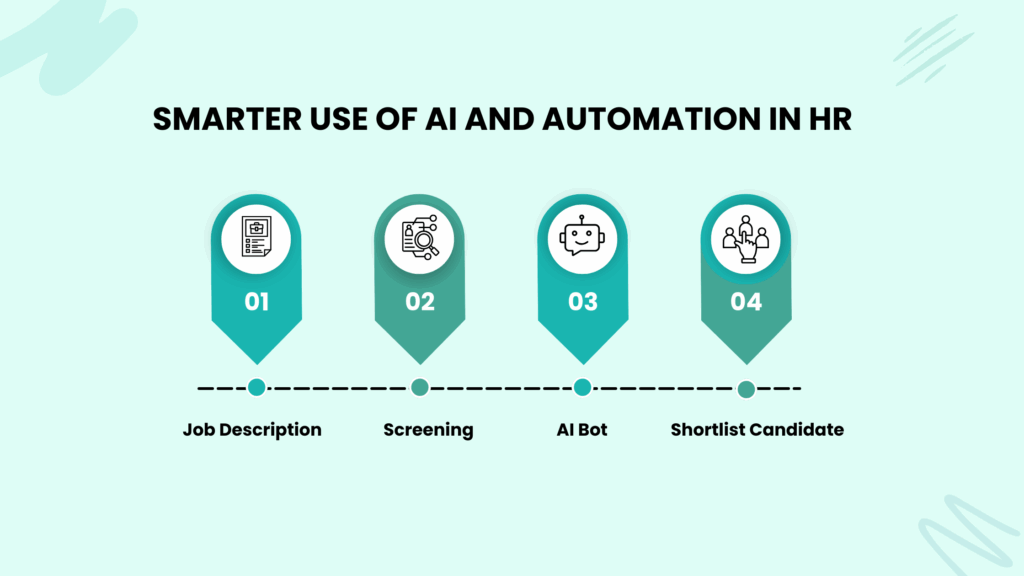
According to Sapient Insights Group, 75% of HR leaders plan to increase their technology budgets in 2025, with AI and automation topping the list of investment priorities.
2. Increased Focus on Trust, Compliance, and Workforce Verification
Employment verification plays a direct role in protecting workplace integrity, supporting fair hiring, and avoiding legal exposure. Manual checks or inconsistent background screening often result in delays, errors, or gaps in records.
Modern HR platforms are introducing built-in verification systems that support faster onboarding, improve audit readiness, and reduce dependence on third-party paperwork. These tools also help companies maintain better records, especially when managing remote teams, contractors, or international hires.
Solutions like WorkSure are helping companies close this gap. By offering structured, automated employment verification and workforce data checks, WorkSure leads HR teams towards faster decision-making, better documentation, and stronger compliance across the employee lifecycle.
3. Skills-Based Talent Management Platforms
HR teams are moving away from job titles as the foundation for hiring and development. Instead, they’re organizing around skills—real, measurable capabilities that map better to business needs and employee growth.
Core features gaining adoption include the following:
- Real-time skills inventories
- Automated skill assessments
- Upskilling and reskilling suggestions based on current gaps
This approach improves internal mobility, reduces hiring delays, and builds more adaptable teams. Platforms like Eightfold, Workday Skills Cloud, and Gloat are enabling this shift at scale by offering integrated tools that track skills across the employee lifecycle.
Moreover, the World Economic Forum projects that skills-based planning will overtake job-based structures in over 40% of global enterprises by the end of 2025.
4. Unified Employee Experience (EX) Platforms
Employees interact with HR, IT, facilities, and management regularly—but rarely through a single interface.
The move toward unified EX platforms is gaining traction. These systems bring together core functions like time-off management, feedback tools, well-being programs, and learning modules into one environment. Centralized dashboards, sentiment analysis, and integrated engagement tools are now part of a competitive workplace.
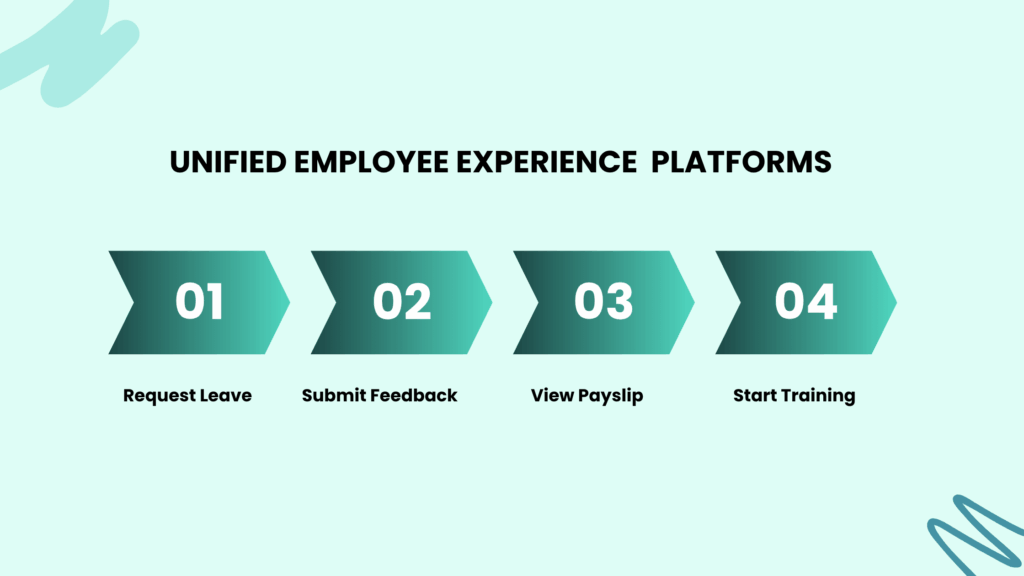
Examples like Microsoft Viva and ServiceNow EX show how companies can create a more cohesive experience without building everything from scratch. The result is not just a better workflow for HR, but a more functional day-to-day environment for employees.
5. Predictive People Analytics and Workforce Forecasting
In 2025, companies are using predictive HR analytics to plan ahead. These tools look at real-time data and suggest what might happen in the near future. For example, some systems can flag employees who may leave soon or alert managers when team performance is likely to drop.
Here’s how this change looks:
| Traditional HR Reporting | Predictive Workforce Planning in 2025 |
| Lagging metrics (e.g. attrition last quarter) | Real-time risk alerts (e.g. flight risk prediction) |
| Manual DEIB audits | Live DEIB metric tracking dashboards |
| Generic succession plans | Predictive succession planning based on behavior data |
| Static spreadsheets | Dynamic, AI-supported models integrated into HR systems |
This change is driven by the need for better decisions. Leadership expects HR to explain what’s likely to happen next, not just what already happened.
However, as people analytics become more advanced, concerns around privacy, transparency, and misuse of behavioral data are growing. The balance between insight and overreach will define how far companies can go.
6. Personalized Learning and Development Ecosystems
Joseph joined a mid-sized tech company and he received a personalized learning path on day one. It outlined skill-based modules, recommended mentors, and offered AI-powered training based on his role and goals.
This kind of experience is becoming standard. In 2025, companies are adopting HR tech for L&D that adjusts to individual needs. Skill-gap analytics, microlearning, and AI tutors help employees build the right capabilities at the right time.
Platforms like Degreed, EdCast, and LinkedIn Learning are making this possible. Instead of offering one-size-fits-all content, they provide tools that evolve with each employee’s progress.
This approach is also solving a key business problem. When employees feel supported and see clear paths to growth, they’re more likely to stay and contribute long term.
7. Mobile-First and Self-Service HR Tools
Many frontline, field, and contract workers rely entirely on mobile access. Traditional desktop portals don’t work in these settings. Companies that ignore this reality risk disengagement, delays, and errors.
Now, companies are redesigning their HR systems with mobile users in mind. Whether it’s a warehouse employee checking their shift schedule or a nurse submitting leave from their phone, the demand for fast, accessible tools is no longer limited to desk jobs.
What teams are using
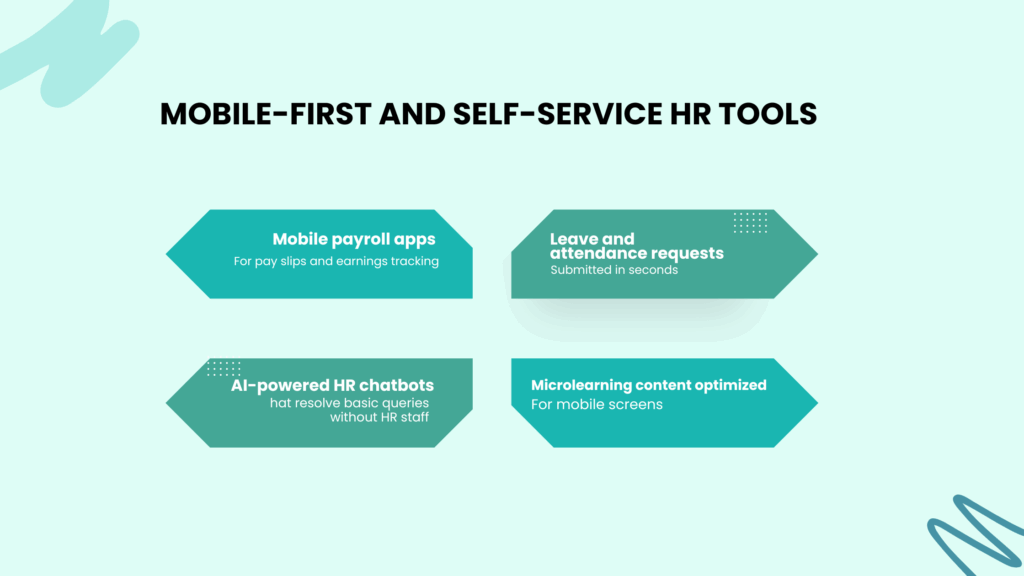
Retail, healthcare, construction, and logistics are seeing the fastest shift. These sectors depend on real-time updates, flexible communication, and tools that don’t require a desktop to use.
8. Blockchain for Secure HR Operation
Blockchain in HR offers a way to store records that can’t be altered and don’t rely on a central authority. If used correctly, it reduces fraud, speeds up credential checks, and adds accountability to sensitive transactions like payroll and contracts.
It’s being used in:
- Background verification with blockchain-based identity validation
- Credential tracking for education, certifications, and licenses
- Smart contracts for automated payroll based on verified work hours
While the potential is clear, adoption is still limited. High setup costs, technical barriers, and lack of regulatory clarity make it hard for most companies to implement blockchain solutions widely. Still, interest is growing, especially in regulated industries.
9. Diversity, Equity, Inclusion, and Belonging (DEIB) Tech
There was a time when DEIB lived mostly in policy documents and one-off training sessions. Now, companies are expected to measure inclusion with the same seriousness they apply to revenue or retention, and that shift is pushing DEIB technology into the core of HR systems.
DEIB platforms now track sentiment across teams, flag bias in hiring algorithms, and generate reports that leadership can actually use. Dashboards highlight real gaps and give teams a baseline to act on. This kind of visibility makes progress possible. It also shows employees that the company is building it into its processes.
Brands that lead on DEIB are also seeing reputational benefits. Job seekers, especially younger talent, pay attention to how companies back up their values. In many cases, that starts with the systems they use.
10. Compliance and Global Workforce Management Tech
Managing HR across countries has always been complex. In 2025, it’s more challenging than ever. Companies are navigating new privacy laws (like the AI Act and updated GDPR rules), expanding into new markets, and handling distributed teams with different employment types.
HR teams are adopting global HR software that supports country-specific tax rules, contract templates, and compliance reporting—all within one platform.
Core features gaining traction
- Multi-country payroll systems with local compliance settings
- Automated policy updates aligned with regional labor laws
- Compliance dashboards for audit readiness and leadership reporting
Strong compliance systems protect brand reputation, reduce risk, and allow HR teams to scale global operations without slowing down.
11. Integration of ESG and Sustainability Goals into HR Tech
Sustainability and social responsibility are no longer owned by one department. HR teams are expected to support company-wide ESG (Environmental, Social, Governance) goals through workforce policies, reporting, and internal tools.
Modern HR platforms reflect this shift. Dashboards now include ESG KPIs, such as workforce emissions data, volunteer hours, and social impact metrics. Employee surveys measure environmental attitudes and inclusion priorities. Learning modules include topics like climate awareness, ethical decision-making, and governance responsibilities.
Employer branding improves as well. Job candidates increasingly consider ESG performance when evaluating employers, especially in competitive or values-driven industries.
How to Prepare Your Organization for HR Tech Trends in 2025?
HR tech is evolving quickly, but preparation doesn’t need to be overwhelming. Below are practical steps to help your team adopt the right tools, reduce risk, and stay aligned with business goals.
Evaluate your current HR tech stack
Identify which systems are outdated, disconnected, or no longer meeting operational needs. Look for gaps in areas like automation, reporting, compliance, and experience.
Align tech priorities with business outcomes
Don’t buy tools for features. Focus on solving specific problems. Tie HR tech goals to key outcomes such as retention, time-to-hire, or audit readiness.
Build cross-functional input early
Involve finance, IT, compliance, and operations teams before choosing or replacing platforms. Their needs affect what HR can deliver, and vice versa.
Train your HR team on what’s changing
Introduce foundational knowledge around AI, data ethics, ESG reporting, and automation workflows. Confidence with these systems makes adoption smoother.
Start small, test, then scale
Pilot 1–2 tools that align with your most urgent needs. Track results, collect feedback, and scale only what works in your context.
If you haven’t reviewed your HR systems in the past year, now’s the time. Run a quick tech audit, bring your cross-functional leads into the conversation, and identify which of these 2025 trends are most relevant to your team.
Final Thoughts
The direction of HR technology in 2025 is defined by practicality, not hype. Companies are solving real problems around speed, accuracy, compliance, and employee trust. Every trend outlined here points to the same outcome: HR is expected to work smarter, move faster, and stay connected to broader business goals.
A focused approach starts with identifying internal gaps, involving the right people, and testing before scaling. The best tools are the ones that simplify your team’s work, not complicate it.
Start by reviewing what you already have. Replace what no longer fits. And pilot what gives you an edge, whether that’s predictive analytics, skill-based planning, or verified hiring systems.
Related Articles:
What is Employment Verification and Why Does it Matter?
What Is Employer Branding, and Why It Matters More Than Ever
Frequently Asked Questions (FAQs)
What is the new trend in HR 2025?
The new trend in HR 2025 is the adoption of generative AI and automation to streamline recruiting, onboarding, and performance management. HR teams are using AI tools to improve speed, accuracy, and personalization in daily operations.
What is the future of HR tech?
The future of HR tech lies in integrated platforms that support AI-driven decision-making, real-time analytics, and mobile-first tools. HR software is becoming more flexible, employee-centric, and aligned with business strategy.
What is the HR vision for 2025?
The HR vision for 2025 is to create a responsive, data-informed function that supports business agility. This includes predictive analytics, skills-based talent management, and unified employee experience systems.
What is the future of HR in the next 5 years?
In the next 5 years, HR will focus on automation, employee data intelligence, DEIB, and ESG alignment. HR will shift from administrative tasks to strategic workforce planning using advanced technology.
